6 Vocabulary Building Writing Activities with Mrs. Wordsmith’s Storyteller’s Illustrated Dictionary
This post may contain affiliate links.
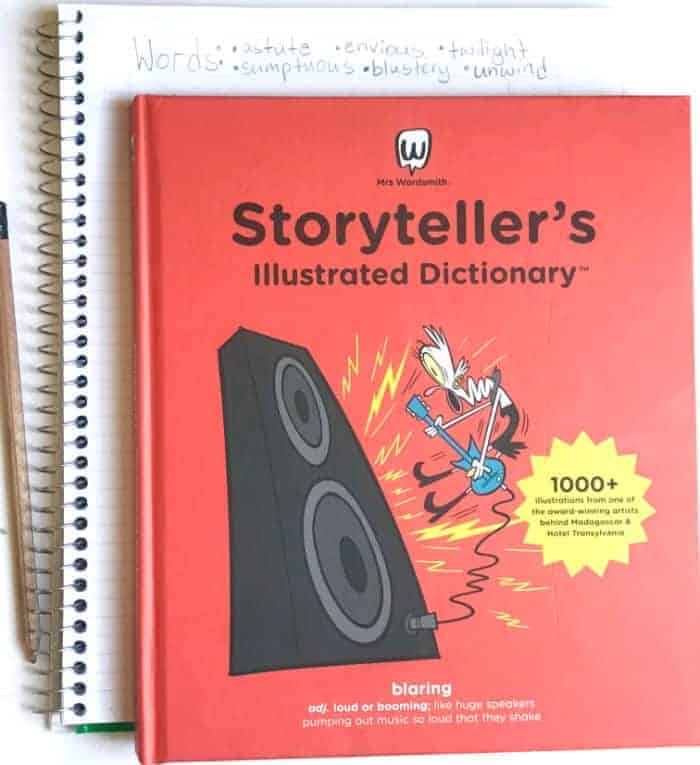
Want to know how kids improve their writing with rich, sensory details?
With a bigger vocabulary.
(Incidentally, vocabulary is fundamental in reading comprehension as well.)
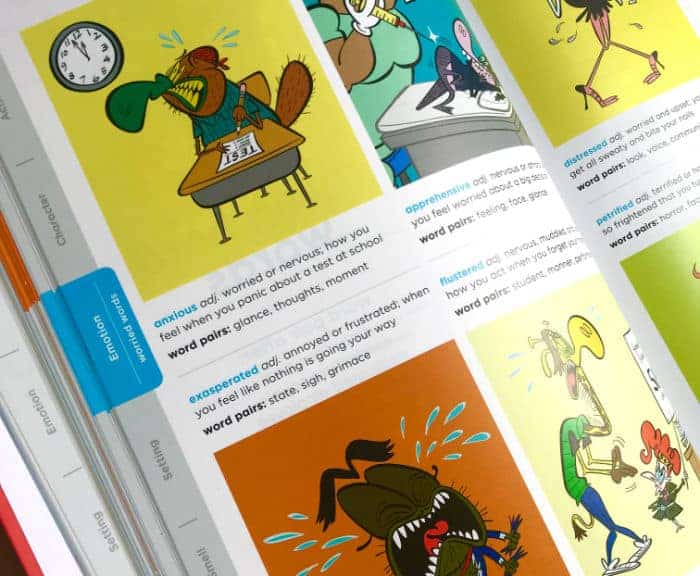
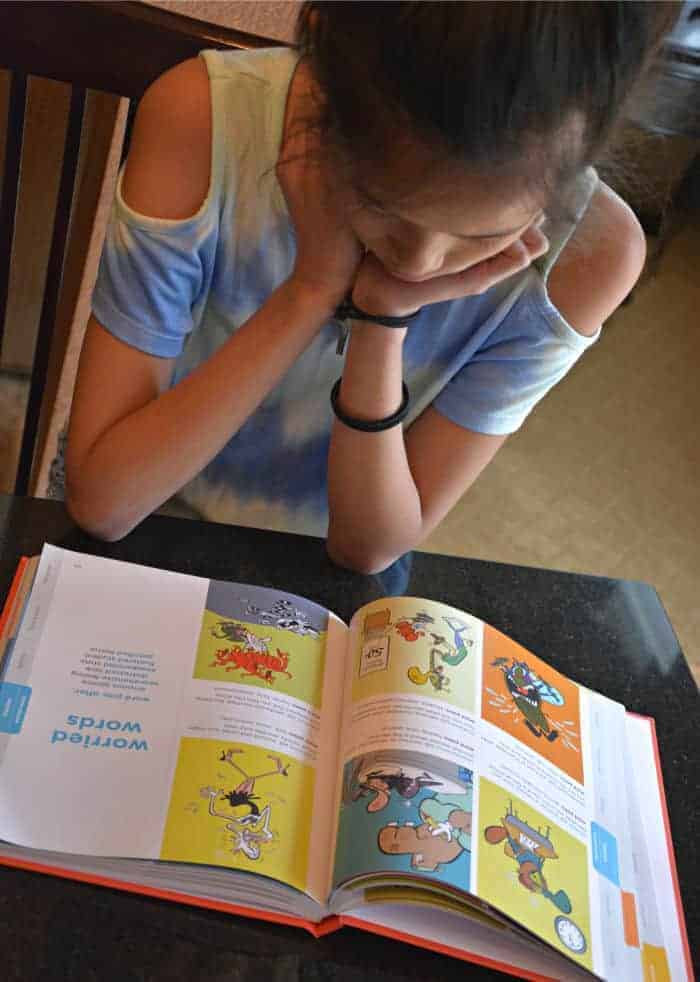
6 Writing Activities for Mrs. Wordsmith’s Storyteller’s Illustrated Dictionary
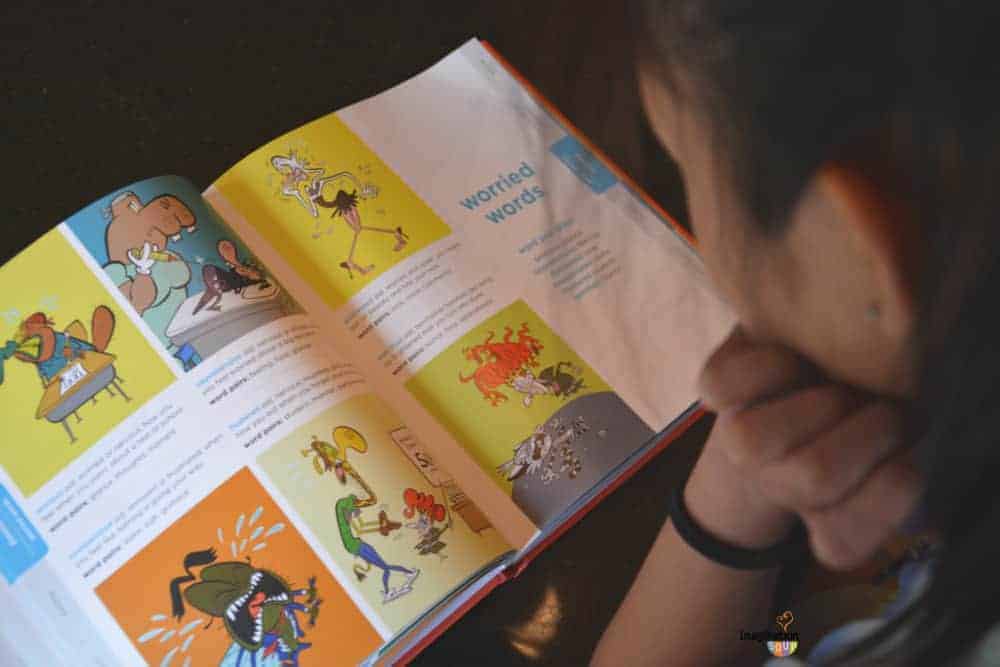
1. Brainstorm Story Ideas
2. Write an Alphabet Book
When learning new words, you’ll want to use then use them in a sentence — frequently. But how can you make this practice fun?
Write an alphabet book with your new words!
Take any section in the dictionary. For example, you might pick the weather words section. Start with a and find new, interesting weather words for each letter of the alphabet all the way to z. But don’t stop there. Use each word in a sentence then illustrate it.
Talk about cementing your new vocabulary words.
Directions for making your own blank books here and here.
3. Make a 6 Word Story Prompt
Pick six random (NEW) words from Mrs. Wordsmith’s Storyteller’s Illustrated Dictionary.
Write them down at the top of your paper.
Use them to get an idea for a story.
Then use the words in a story.
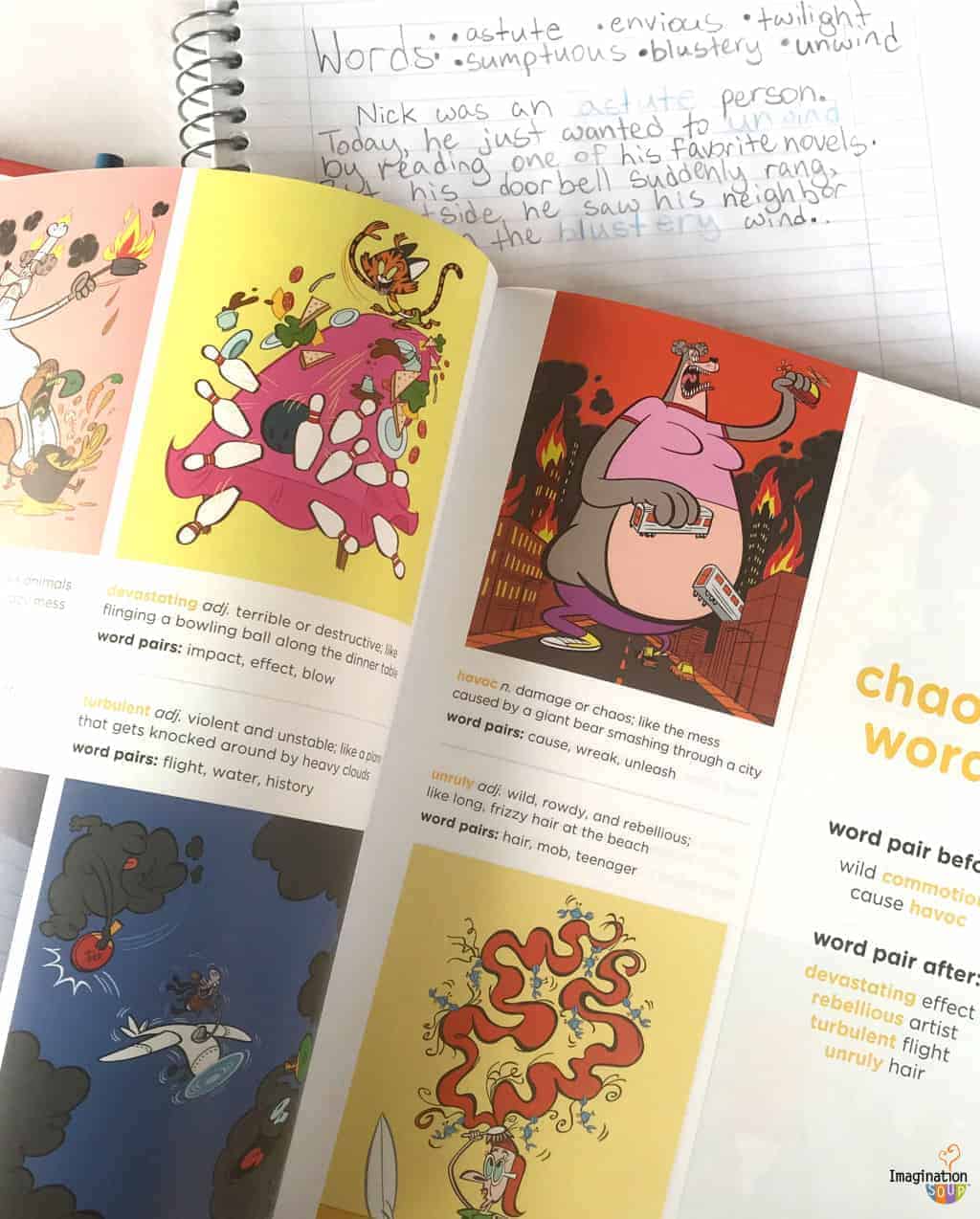
4. Write a Character Description
Since good writers use juicy words to show and not tell, introduce writers to the character section of Mrs. Wordsmith’s Storyteller Dictionary.
Find words that show readers a visual picture in their head of what the person looks like.
You’ll find words like eyeballs, dimples, wart, wrinkles, and cheekbones.
Then think of someone you know. Find words in the character section to visually describe them with words.
Use enough detail that a reader could draw the person being described.
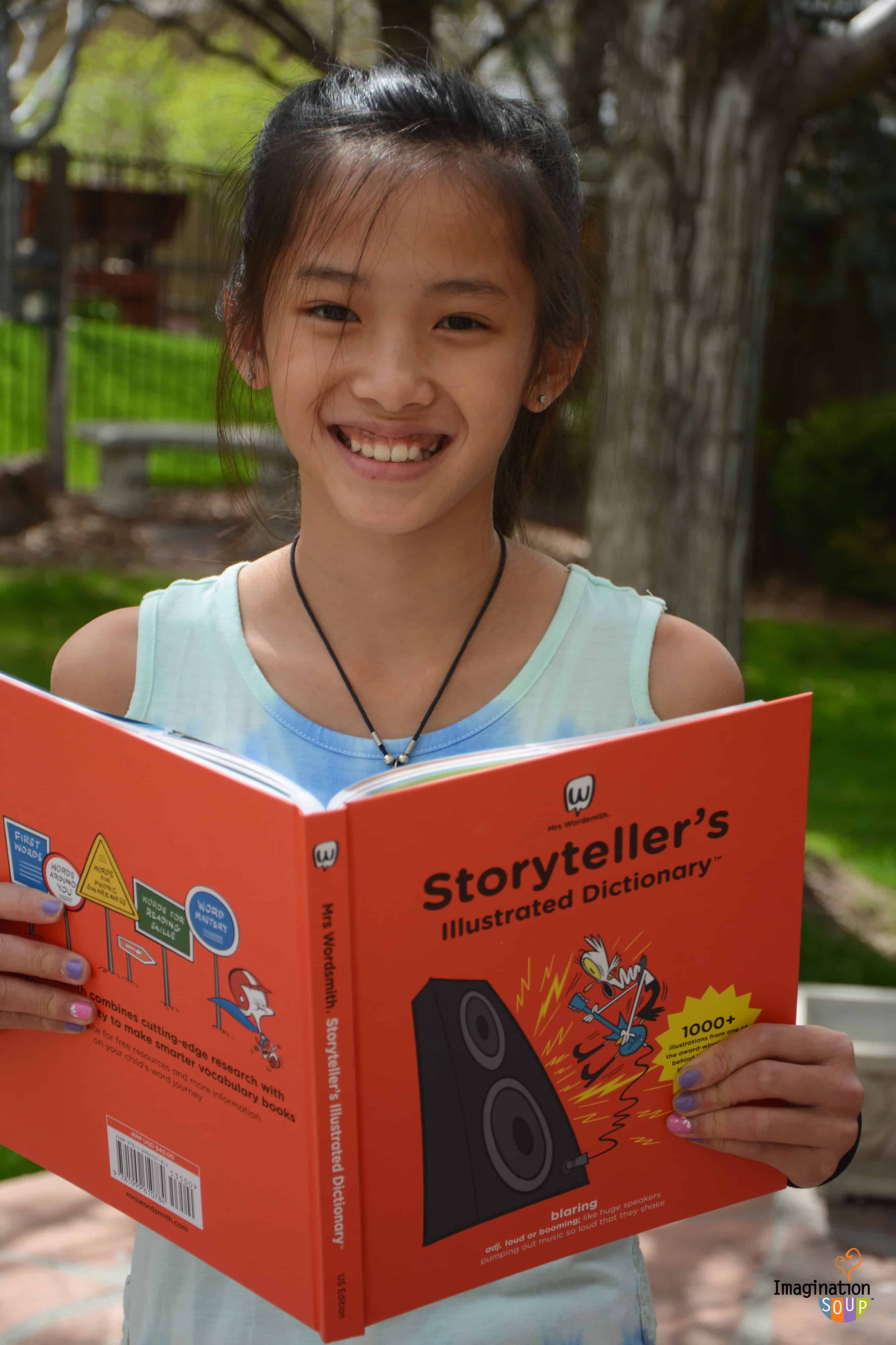
5. Revise for Strong Verbs
Writers use vivid verbs to capture the reader’s attention. Use the Storyteller’s Illustrated Dictionary to write and to revise for strong verbs.
Revising is when you go back to your writing and make it better by changing the words. (This is different than editing which is correcting punctuation and grammar.)
To make your verbs stronger, replace verbs of being (am, is, are, was, were) with vivid action verbs.
I suggest that you start with the “Actions” section where you’ll find zesty verbs like sneer, blurt, hurtle, scamper, and bicker.
6. Write with Specific Nouns
The more a writer can use specific nouns, the better the writing. Why? Because clarity, or specificity, helps the writing make sense to the reader.
Growing writers often write with general words like “things” and “stuff”.
Take those out.
Replace these words with more specific nouns that you find in the Storyteller’s Dictionary.
In other words, use kale and watermelon instead of food; daffodil instead of flower; twilight instead of night.
Be specific with your nouns.
Mrs. Wordsmith’s Storyteller’s Illustrated Dictionary will help.
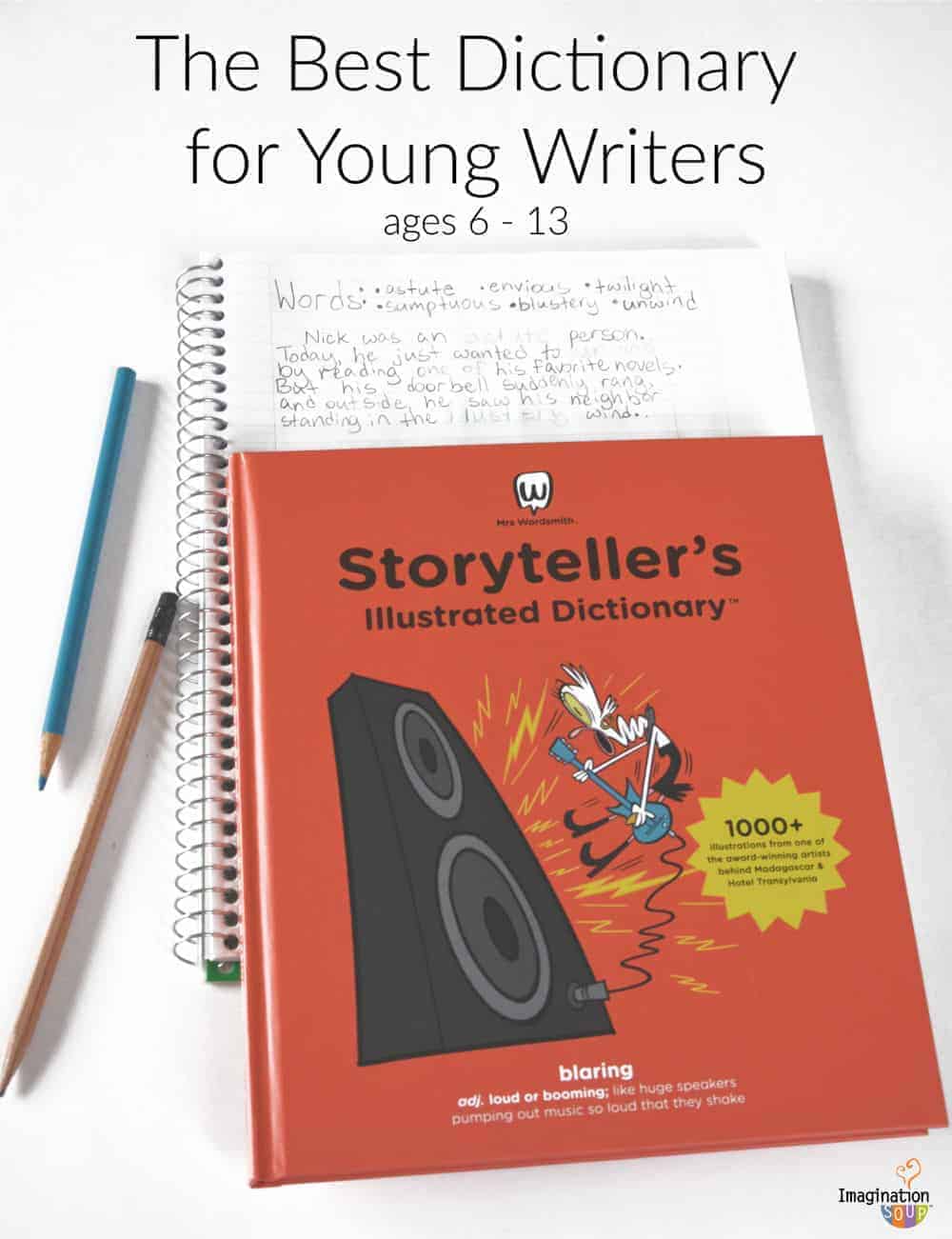
Buy The Storyteller’s Illustrated Dictionary on Mrs. Wordsmith’s site here or on Amazon here.

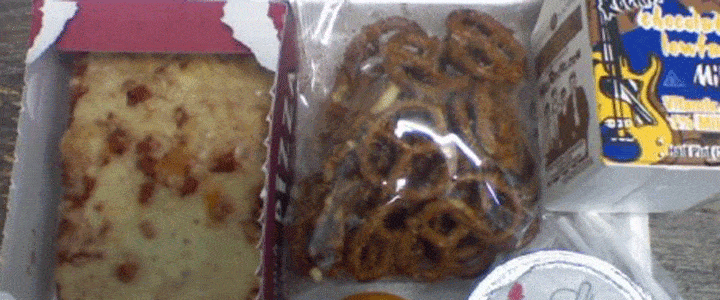

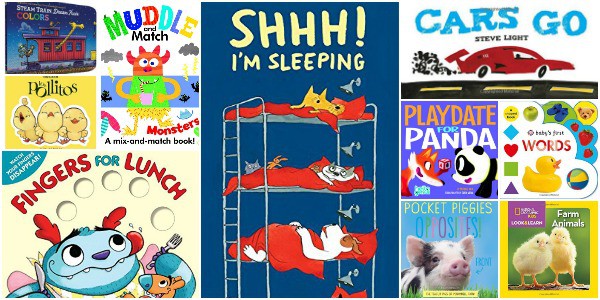
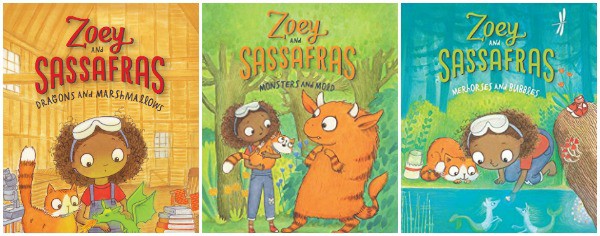
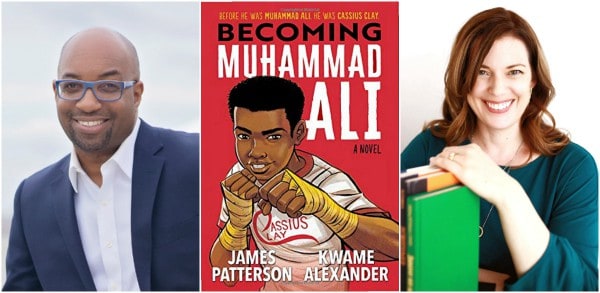
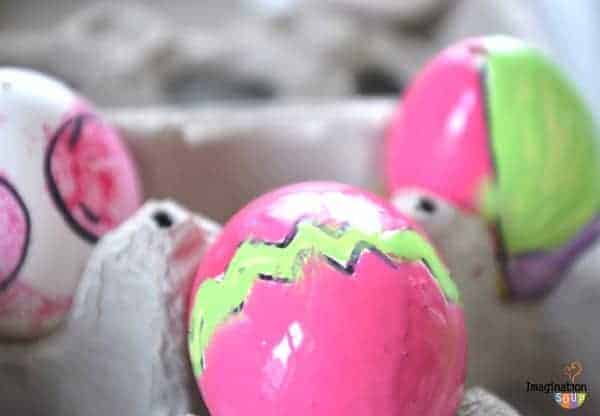
This would be a great resource for ESL students!
I totally agree! Spread the word. 🙂
Had not heard about Mrs. Wordsmith’s Storytelling Dictionary until this post, so thank you for that, Melissa. As well as the step-by-step ideas. What a great help to parents who, themselves, may not be story-inclined!
Thanks, Terry — it’s a great resource! 🙂